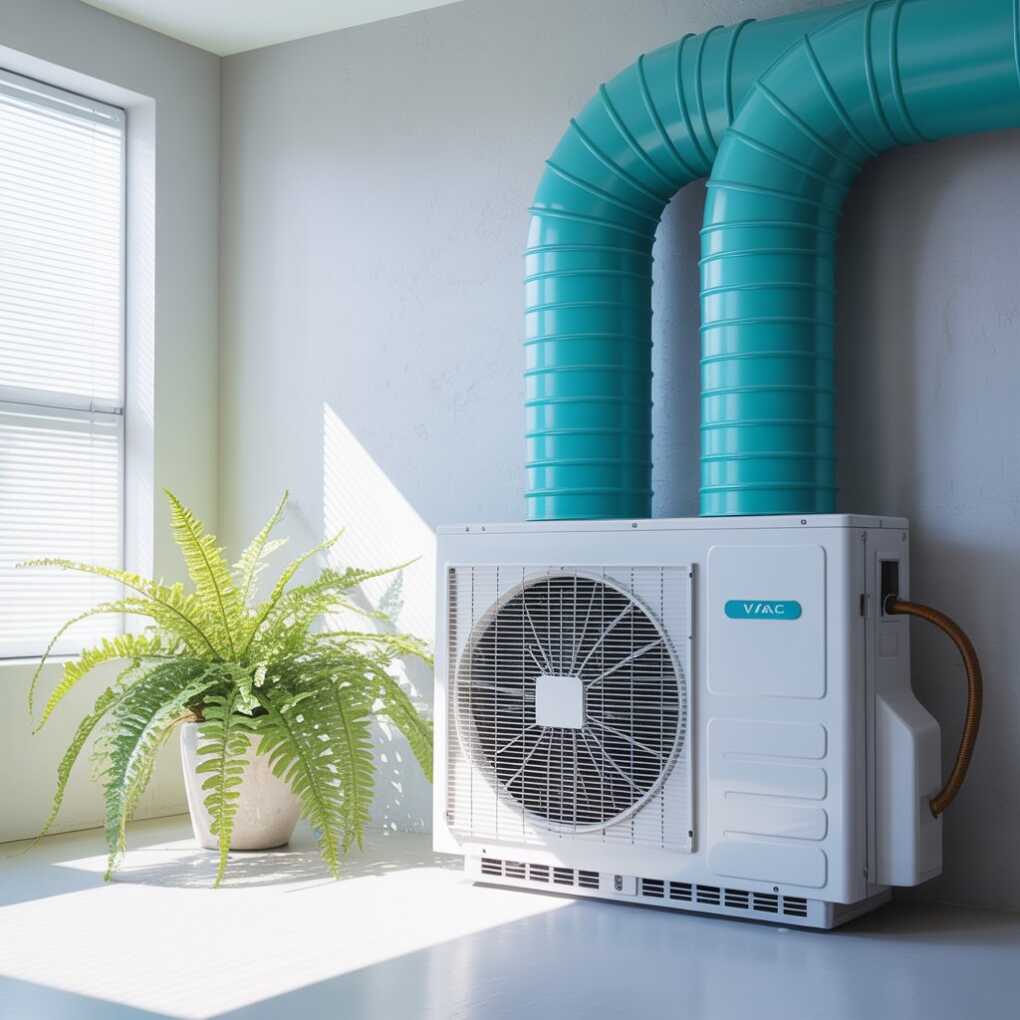Maintaining a comfortable indoor environment often depends heavily on the performance of an air conditioning (AC) system. However, an AC system plays a crucial role in managing indoor humidity and air quality beyond just cooling the air. Mold growth is a common problem in many households and commercial buildings, frequently linked to moisture accumulation. Mold can cause health issues, damage property, and reduce overall comfort. Effective upkeep of an AC system is key in preventing mold from taking hold indoors. We will explore how regular AC maintenance contributes to mold prevention by controlling moisture levels and keeping the system running efficiently, ultimately protecting your living space and health.

How Proper AC Maintenance Helps Prevent Mold Growth
Controlling Humidity Levels
One of the primary ways an AC system prevents mold is by regulating indoor humidity. Air Conditioning in Sacramento plays a vital role in maintaining a balanced environment in areas like Sacramento, where weather conditions can lead to varying indoor moisture levels. Mold thrives in damp environments, and when humidity levels inside a building exceed 60%, the risk of mold growth rises significantly. Proper maintenance ensures that the AC system’s components—such as coils and condensate drains—are clean and functioning correctly, allowing the unit to effectively remove moisture from the air. When these components are clogged or dirty, moisture can build up, creating ideal mold conditions. Regular cleaning and inspection help maintain appropriate humidity, making the environment less hospitable for mold spores to grow.
Ensuring Efficient Airflow
Airflow is critical in preventing mold because stagnant, poorly circulated air allows moisture to settle and encourages fungal growth. AC systems that are not well-maintained may suffer from blocked filters, dirty ducts, or malfunctioning fans, all of which reduce airflow. When air does not move properly, condensation can form on walls, ceilings, and inside ducts, fostering mold. Routine maintenance includes replacing or cleaning air filters and inspecting ductwork to ensure air moves freely throughout the space. This continuous circulation helps evaporate moisture and prevents the accumulation of damp areas where mold can flourish.
Preventing Water Leaks and Drainage Issues
The AC system produces condensation as it cools air, and this water needs to be drained away efficiently. If the condensate drain becomes clogged or the drainage system fails, water can leak inside the unit or drip into building structures, leading to mold growth. Regular maintenance involves checking and clearing condensate drain lines, ensuring water flows without obstruction. When drainage functions correctly, excess moisture does not accumulate, reducing the chance of mold spreading behind walls or under flooring, which can remain hidden and problematic.
Detecting Early Signs of Mold and Moisture Problems
Through routine inspections, potential mold problems can be identified early before they become severe. During maintenance visits, technicians can spot signs such as unusual odors, visible mold near vents or drip pans, or moisture stains on components. Early detection allows for timely remediation, which may involve cleaning the affected areas, improving ventilation, or repairing leaks. By promptly addressing these issues, further mold growth can be halted, protecting the AC system and the indoor environment from extensive damage.
Improving Indoor Air Quality
A well-maintained air conditioning system supports better indoor air quality by filtering dust, pollen, and other allergens. Mold spores significantly contribute to poor indoor air quality, and if the AC unit is not properly cared for, these spores can circulate throughout the space. Clean filters and ducts reduce the presence of airborne mold spores and minimize their spread. This helps prevent mold colonies from growing and reduces the risk of respiratory issues and allergic reactions among occupants, making the living or working environment healthier.
Extending the Lifespan of the AC System
Neglecting maintenance can lead to system inefficiencies, increased wear and tear, and more frequent breakdowns. A malfunctioning AC unit may struggle to regulate temperature and humidity properly, indirectly encouraging mold growth due to increased moisture retention. Keeping the system in good working order through regular servicing allows it to perform as designed, maintaining consistent climate control. This reliability prevents conditions conducive to mold while saving money on costly repairs or premature unit replacement.
Energy Efficiency and Mold Prevention
A well-maintained AC system operates more efficiently, consuming less energy to cool and dehumidify a space. When components are dirty or worn, the system must work harder, which can cause uneven cooling and moisture buildup in certain areas. Therefore, energy efficiency and mold prevention are interconnected; when the AC runs smoothly, moisture control is more effective, and less humidity remains to fuel mold growth. Regular maintenance helps ensure that the system uses energy wisely while protecting indoor environments from the consequences of excess moisture.
Reducing the Risk of Structural Damage
Mold growth often accompanies structural issues caused by prolonged moisture exposure, such as wood rot or damage to drywall and insulation. Since AC systems are a primary means of managing indoor moisture, their upkeep directly influences the long-term health of the building’s structure. Repairs can become expensive and invasive if mold is left unchecked due to poor AC maintenance. Preventative care keeps moisture levels balanced and prevents the hidden damage that mold can cause, preserving the integrity of the building over time.
The relationship between air conditioning maintenance and mold prevention is closely linked through the management of moisture and air quality indoors. Regular upkeep of AC systems controls humidity, ensures proper airflow, prevents water leaks, and facilitates early detection of mold problems. These factors collectively reduce the conditions mold needs to thrive, protecting occupants’ health and the building’s structural integrity. Investing time and effort into maintaining an AC system pays off by creating a cleaner, safer, and more comfortable environment free from the challenges mold can bring.
